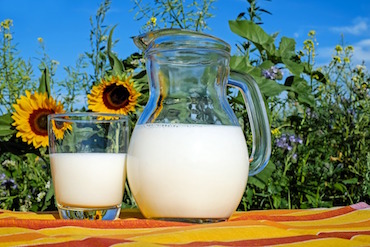The festive season is certainly upon us, with less than a month until Christmas.
The stores are decorated, the carols have started (far too early in my mind) and the preparations have begun with cards, gifts and thoughts of indulgent Christmas dinners.
In the years since I started making cheese, it’s been my honor to break out a good home made cheese later on in the early evening when lunch has settled and the family feel like just a little nibble more.
So last week I set up six lovely raw milk Camembert to age over the last few weeks before Christmas, ready to be enjoyed for Christmas supper. Read more







